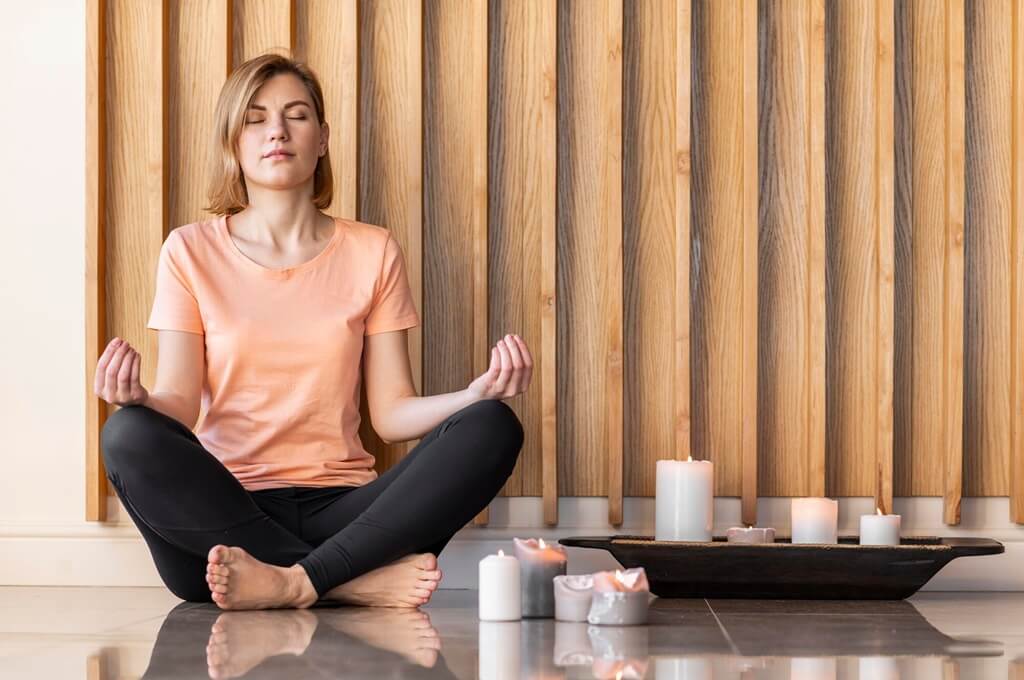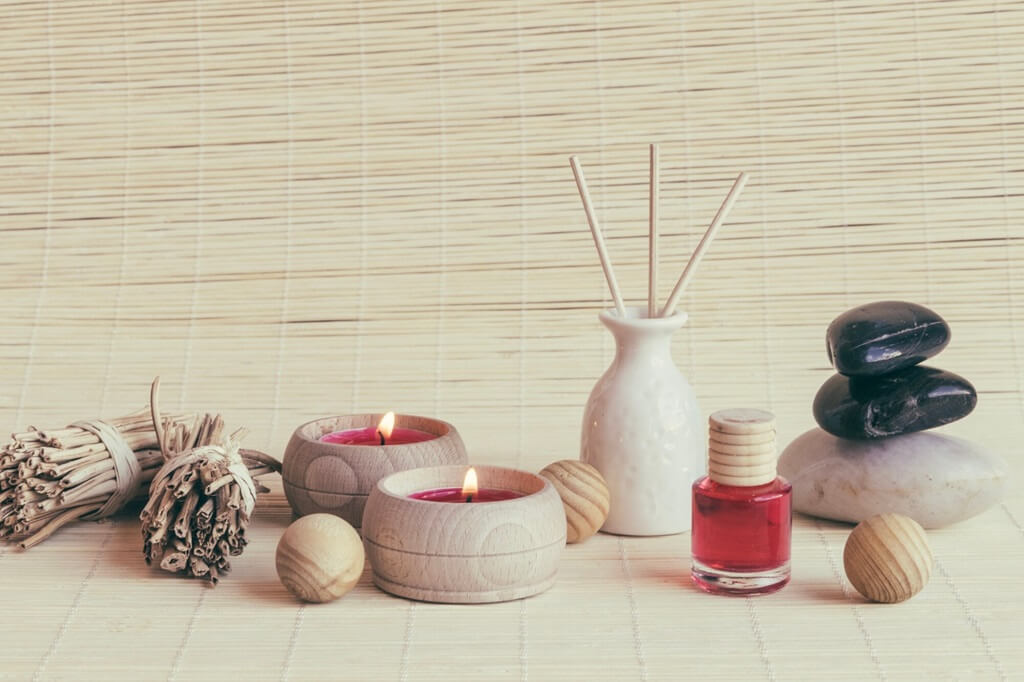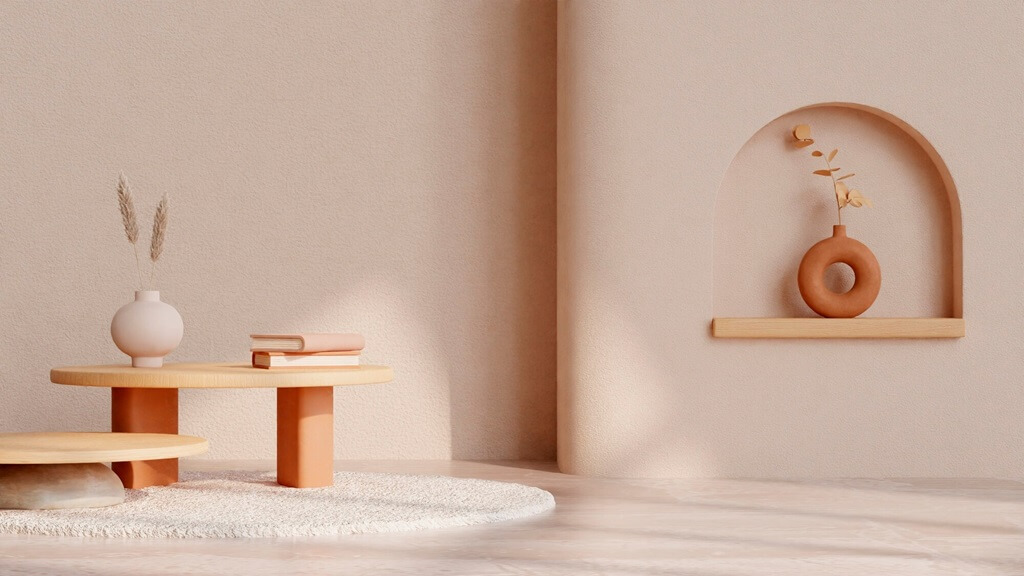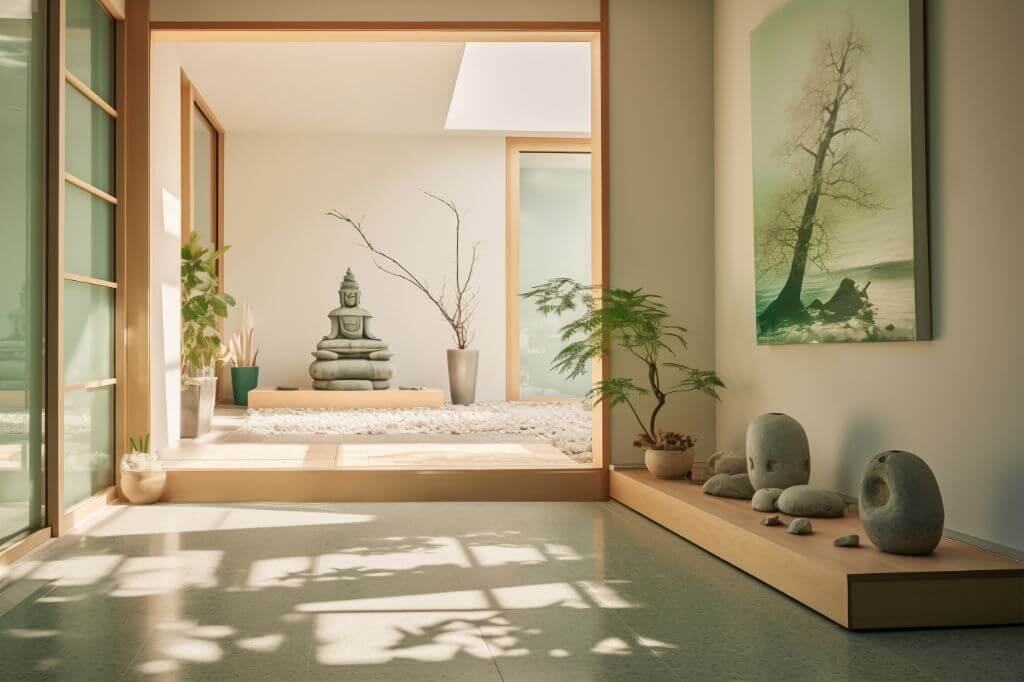In today’s fast-paced world, finding moments of peace and relaxation is vital for our mental well-being. One way to achieve this is by creating a Zen meditation room, a sacred space where you can unwind, meditate, and reconnect with yourself, all centered around the concept of Zen colors for meditation room. In this article, we will explore the significance of having a meditation room and delve into the best Zen colors to incorporate into such a space, allowing you to achieve a harmonious and tranquil atmosphere.
The Importance of a Meditation Room
A meditation room provides a sanctuary from the outside world—a place where you can escape the noise and distractions, and focus on self-awareness and mindfulness. It allows you to establish a routine and dedicate time to contemplation and inner peace. The benefits of having a meditation room extend beyond your practice, positively impacting other aspects of your life.

Creating a Zen Meditation Room
Before diving into the specific colors, let’s understand the essential elements of a Zen meditation room. The first step is to choose the right space in your home, preferably a quiet corner where you won’t be easily disturbed. Decluttering and embracing minimalism are also essential in creating an uncluttered and soothing atmosphere.
This article could be of interest to you: Boho Beautiful Meditation Morning
Colors for a Zen Meditation Room
Zen colors refer to a carefully curated palette that draws inspiration from nature. These colors are often soft, neutral, and soothing, creating a harmonious and balanced atmosphere. Here are some Zen-inspired colors that are perfect for your meditation space:
- White: Purity and Serenity White represents purity and cleanliness, creating a sense of spaciousness and serenity. It reflects light, making the room feel more open and inviting.
- Blue: Tranquility and Stillness Blue is associated with calmness and tranquility. It mimics the peacefulness of the sky and water, making it an ideal choice for a meditation room.
- Green: Balance and Renewal Green symbolizes nature and growth. It fosters a sense of balance and renewal, helping you connect with the environment around you.
- Purple: Spirituality and Wisdom Purple has long been associated with spirituality and wisdom. It adds a touch of mysticism to your meditation room.
- Gray: Neutrality and Relaxation Gray is a neutral color that promotes relaxation and composure. It complements other colors and prevents visual clutter.

Using Natural Elements
To enhance the Zen ambiance of your meditation room, incorporate natural elements. Indoor plants bring life and positive energy, while water features create a soothing atmosphere with the gentle sound of flowing water. Natural materials like wood and stone provide grounding and a connection to nature.
The Power of Lighting – Zen Colors for Meditation Room
Lighting is essential in a meditation room, especially when considering the concept of “zen colors for meditation room.” Opt for soft and natural lighting to avoid harsh glares and create a calming environment. Consider using candles for their warm and flickering glow, which encourages relaxation.
Incorporating Mindfulness Decor
Mindful decorations can elevate the sense of serenity in your meditation room. Comfortable cushions and meditation mats provide a designated space for your practice. Zen-inspired art and symbols add a spiritual touch, while essential oils and aromatherapy promote a sense of tranquility.
Sound and Silence
Calming sounds, such as gentle music or nature sounds, can aid your meditation practice. However, do not underestimate the power of silence. Embrace moments of quietness, allowing you to focus inward and find stillness.
Personal Touches and Sentimental Items
Make your meditation room unique by adding personal touches and sentimental items. These can be objects with special meaning or things that bring you joy and peace. Incorporating these elements enhances the emotional connection to the space.
Maintaining the Zen Vibe
To preserve the Zen atmosphere, ensure regular cleaning and organizing of your meditation room. Create a routine for your practice, making it a consistent part of your daily life. Engage in mindful practices such as deep breathing or simple stretches to begin and end each session.

Benefits of a Zen Meditation Room
Having a dedicated Zen meditation room offers several benefits:
- Stress Reduction: Regular meditation can reduce stress and anxiety, promoting a sense of calm and relaxation.
- Improved Focus and Concentration: Meditation helps enhance focus and attention, leading to increased productivity.
- Enhanced Sleep Quality: A meditation practice can improve sleep patterns and provide a more restful night’s sleep.
- Emotional Balance: Meditation fosters emotional well-being and helps manage emotions more effectively.
This article could be of interest to you: A Summer Evening’s Meditation
Tips for Building Your Zen Room on a Budget
Creating a Zen meditation room with the perfect “zen colors for meditation room” doesn’t have to be expensive. Here are some budget-friendly tips:
- DIY Decor and Crafts: Get creative and make your own meditation cushions or wall decorations.
- Second-Hand Finds: Look for affordable items at thrift stores or online marketplaces.
- Repurposing Items: Transform old furniture or decor items into Zen-inspired pieces.
Conclusion
Incorporating Zen colors into your meditation room can significantly enhance your practice and overall well-being. Choose colors that resonate with you and create a space that fosters tranquility and mindfulness. Embrace the simplicity of a Zen meditation room, and you will find yourself more connected and grounded in your daily life.
FAQs
- What are the best colors for a Zen meditation room? The best colors for a Zen meditation room are white, blue, green, purple, and gray, as they promote serenity and tranquility.
- How can I incorporate mindfulness decor in my meditation space? Mindfulness decor can be added through comfortable cushions, Zen-inspired art, essential oils, and symbolic objects that evoke peace and spirituality.
- Can a Zen meditation room help with anxiety? Yes, a Zen meditation room can be beneficial in reducing anxiety and promoting a sense of calm and well-being.
- What is the ideal size for a meditation room? The ideal size for a meditation room can vary, but it should be spacious enough for you to comfortably sit and move around without feeling cramped.










